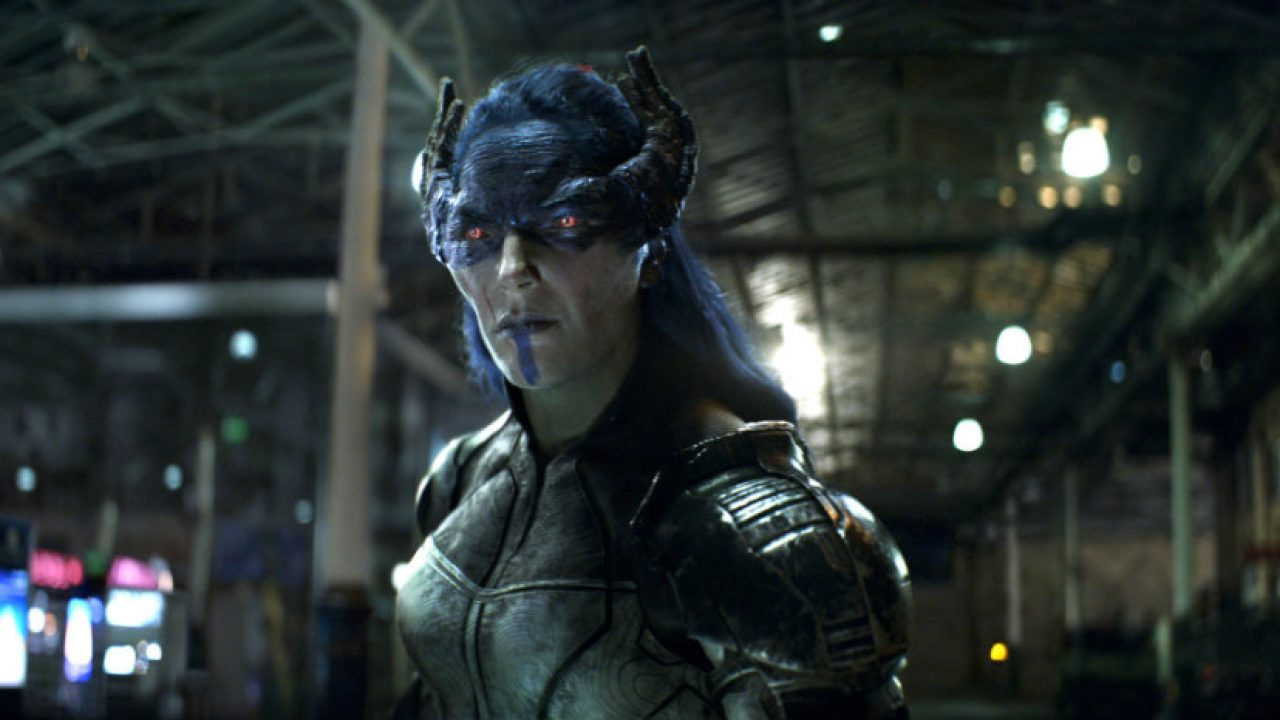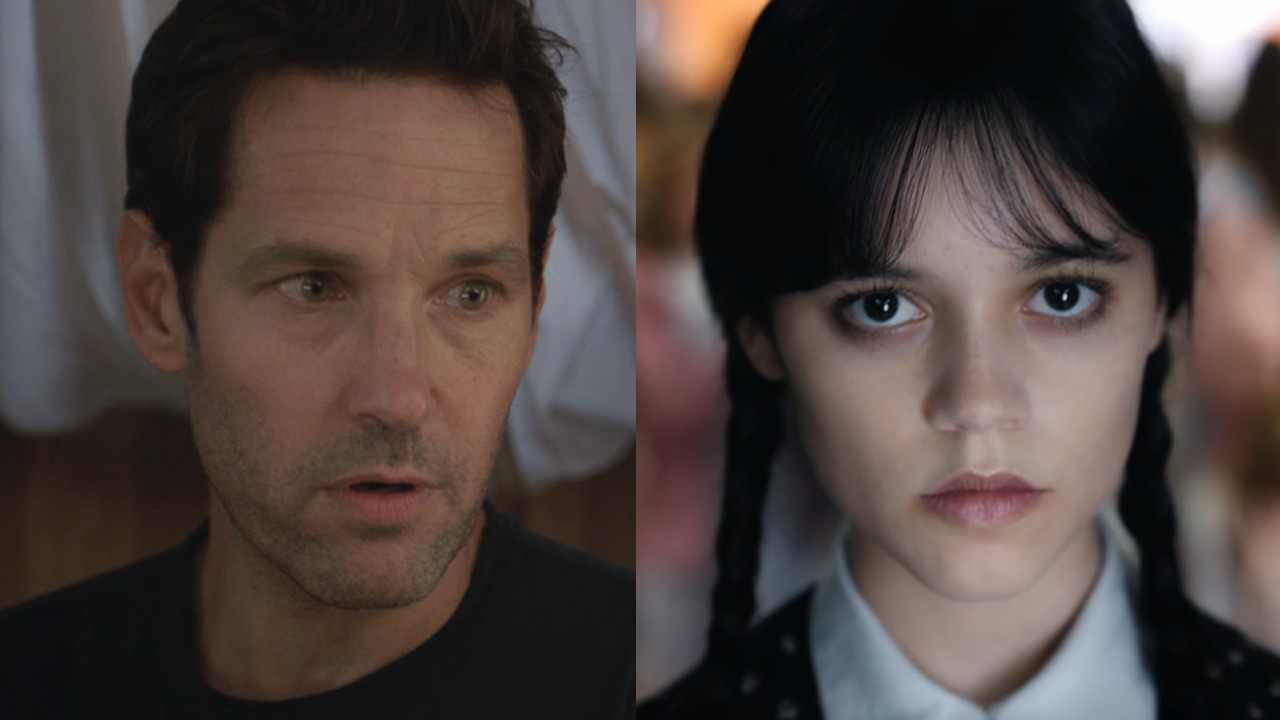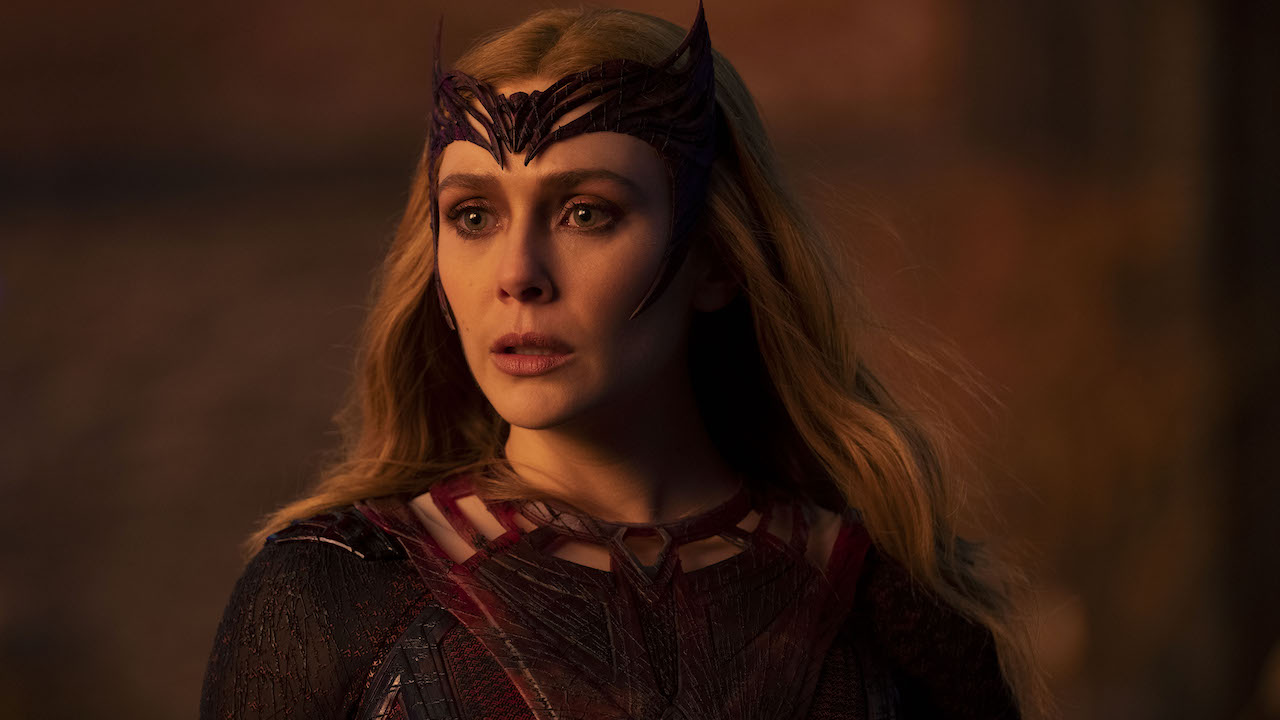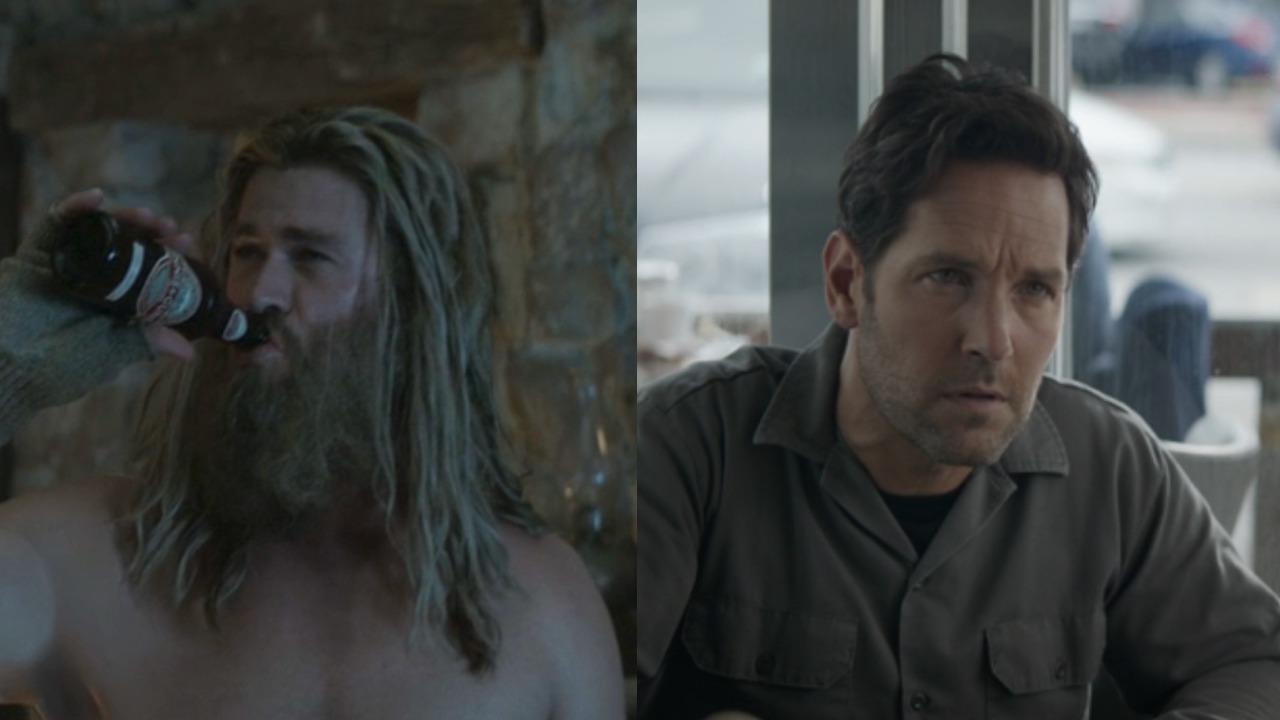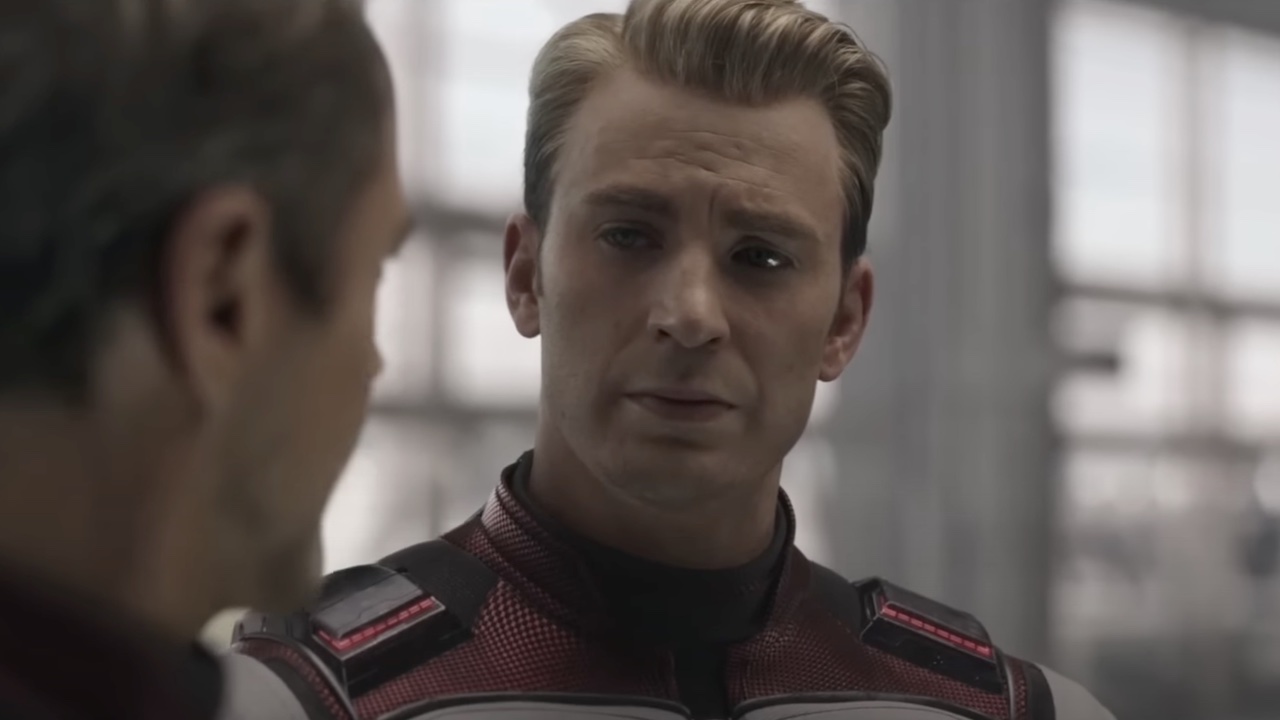Avengers: Endgame
Latest Avengers: Endgame
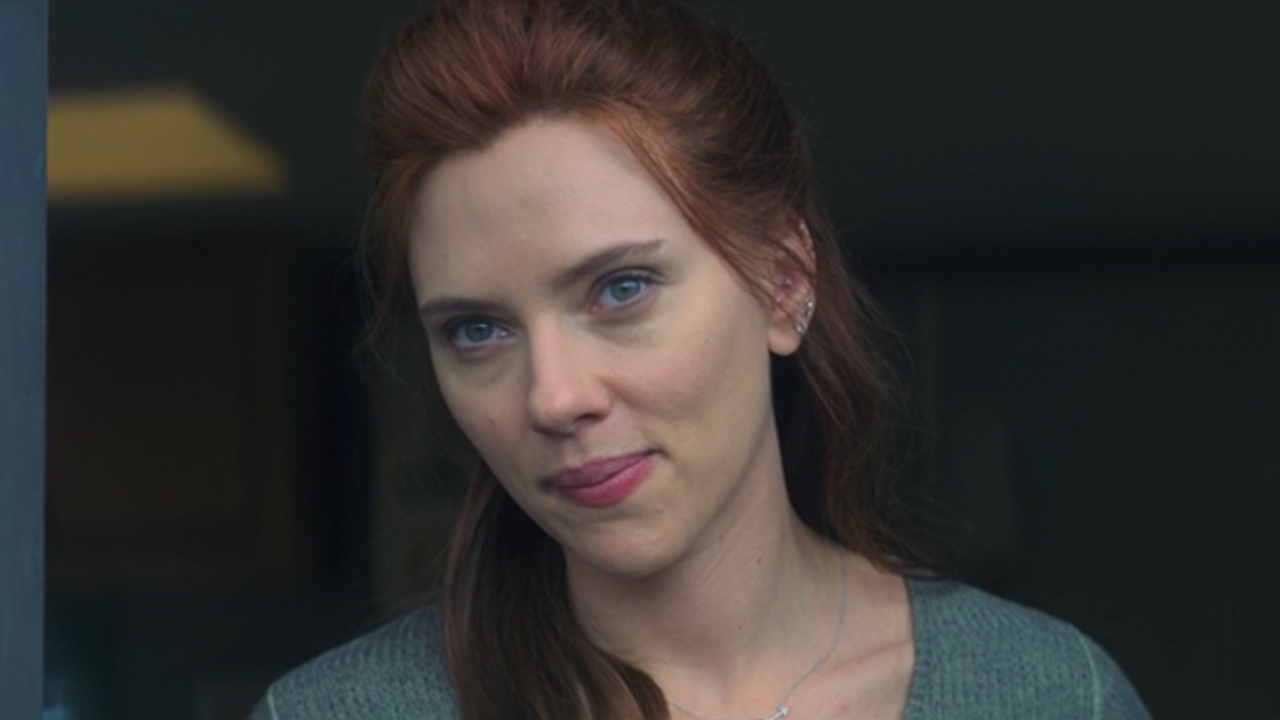
The More I Think About Scarlett Johansson's Comments About Black Widow's Marvel Future, The More I Agree With Her
By Dirk Libbey published
ScarJo knows what to do with Black Widow.
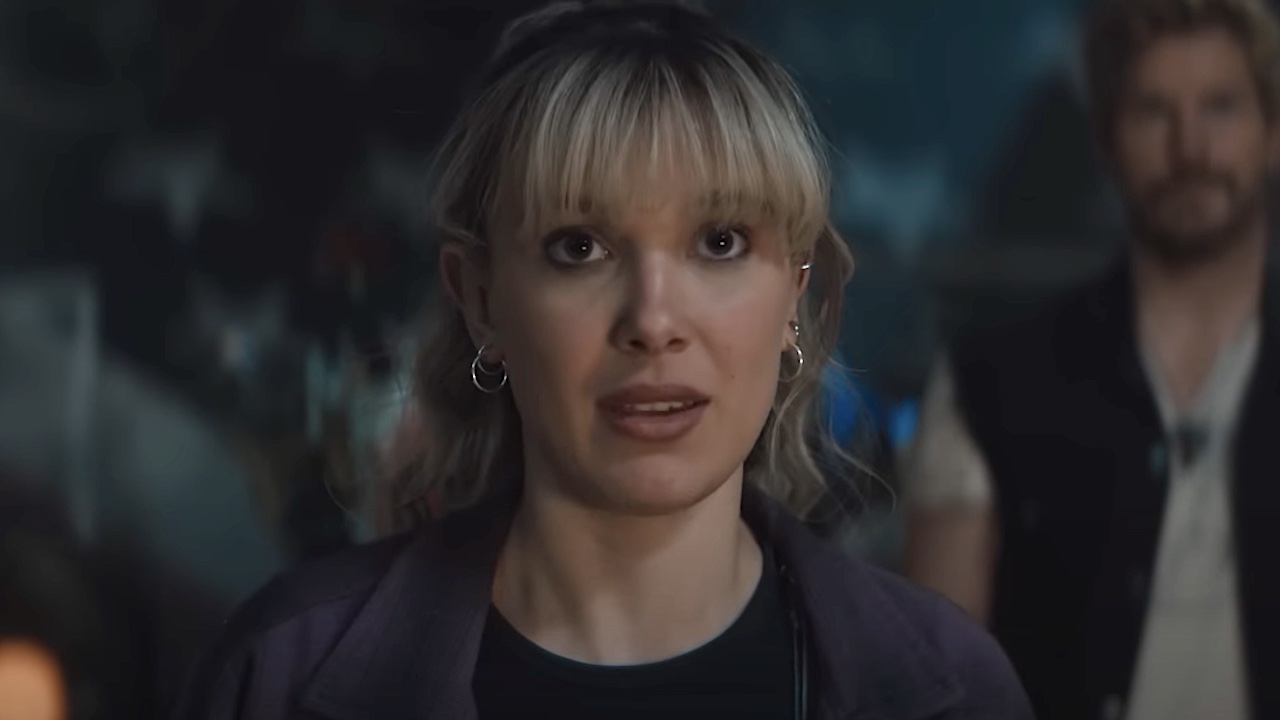
The Russo Brothers’ New Movie The Electric State Is Hitting Netflix This Week, And Its Rotten Tomatoes Score Pales In Comparison To Their Avengers Movies
By Nick Venable published
Gonna be hard for anything to eclipse the bros' Avengers saga.
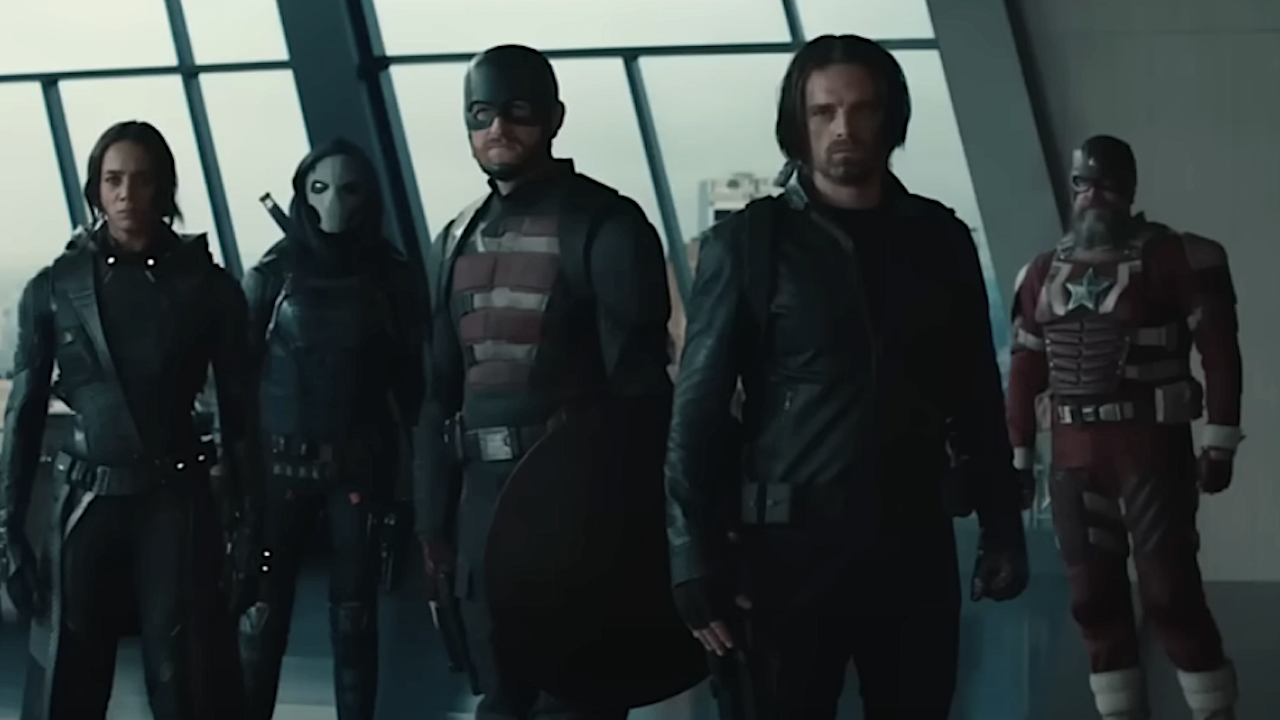
Upcoming Marvel Movies: Release Dates For Phase 5 And Phase 6
By Eric Eisenberg last updated
What's on the way from the Marvel Cinematic Universe on the big screen.
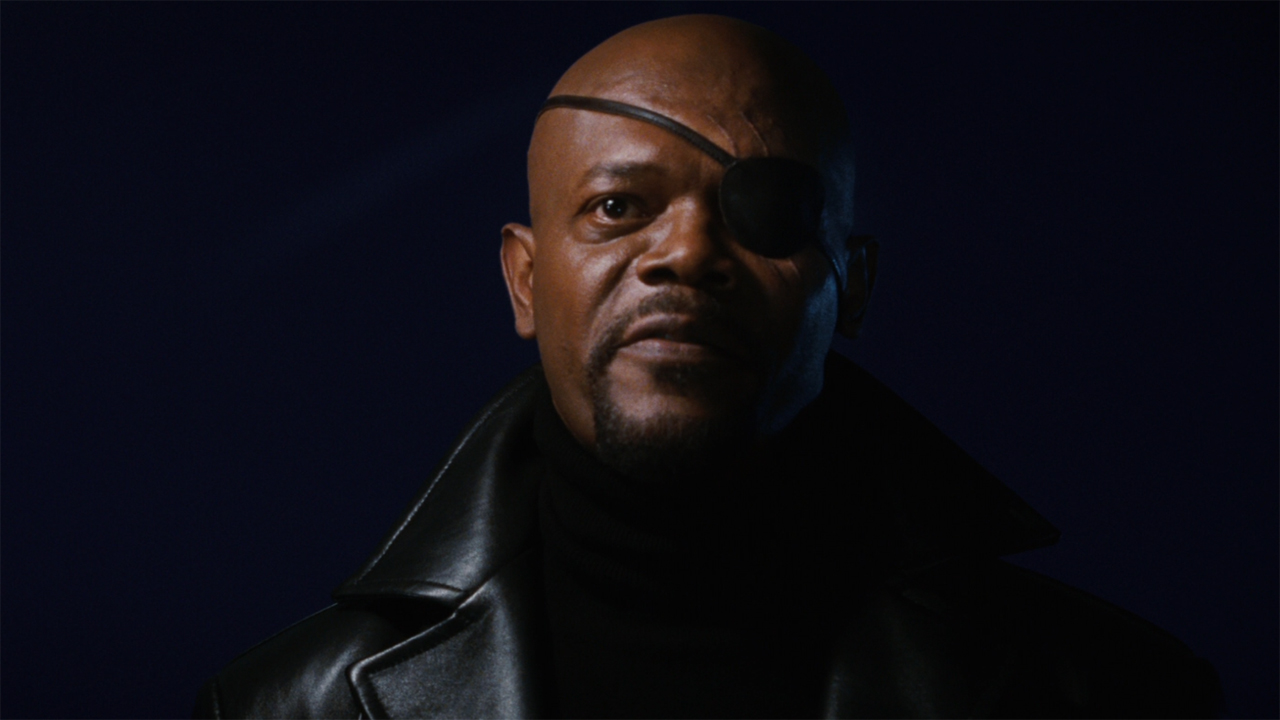
Every Marvel Movie Post-Credits Scene In Order
By Adam Holmes last updated
Nearly all the Marvel movies in the MCU have had post-credits scenes, so let's go over them.
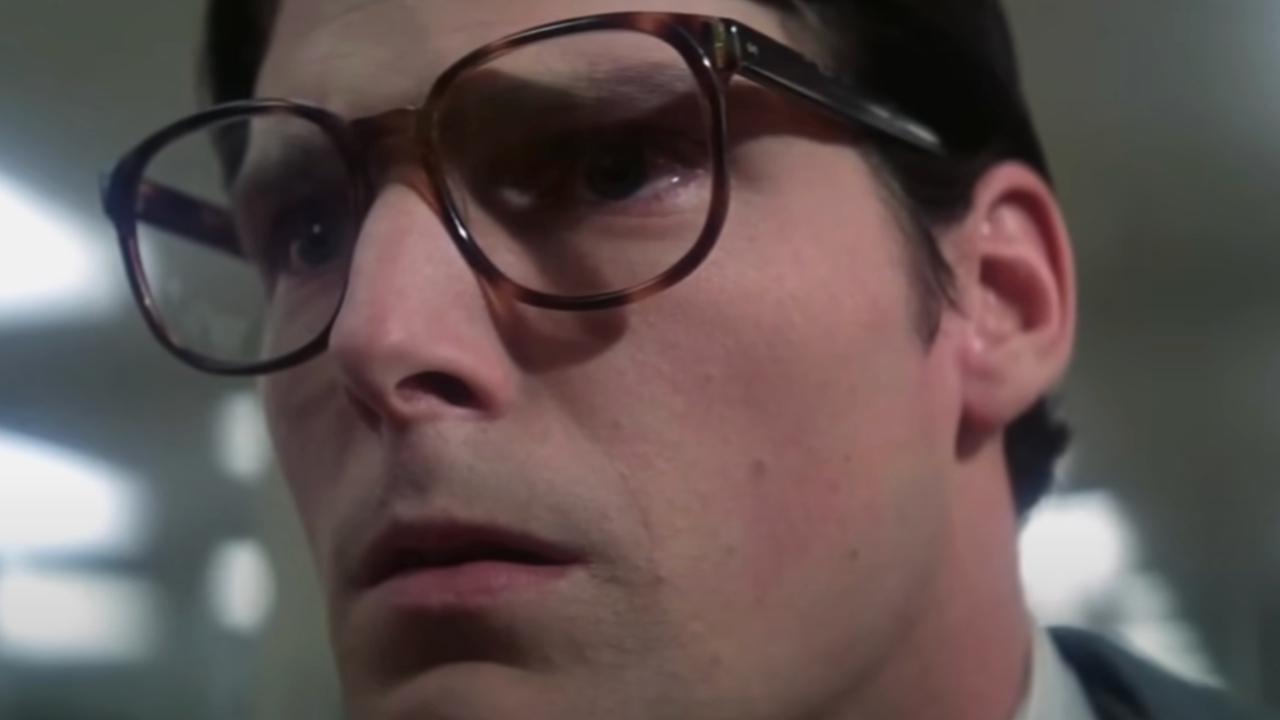
32 Most Iconic Pieces Of Eyewear In Movie Fashion
By Mike Reyes published
Check out these frames of frames that have endured the ages!
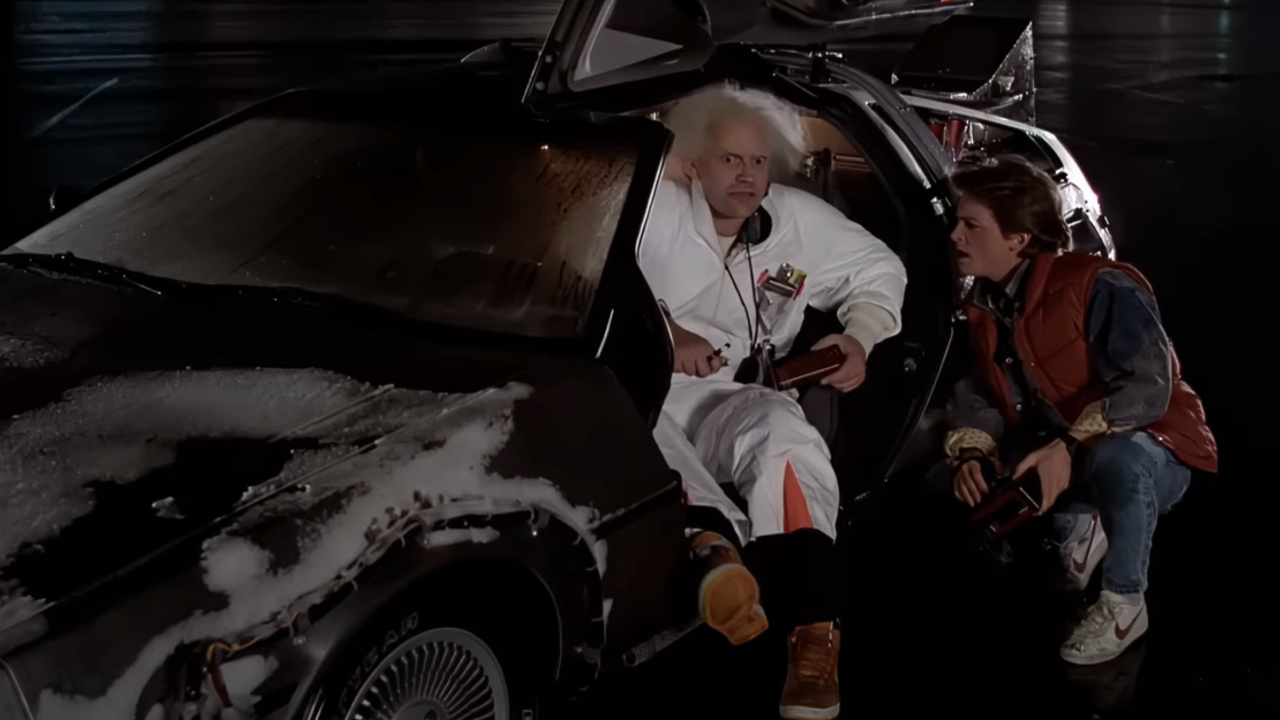
The Best Time Travel Movies And How To Stream Or Rent Them Online
By Jason Wiese last updated
Watching these great time travel movies will really take you back.
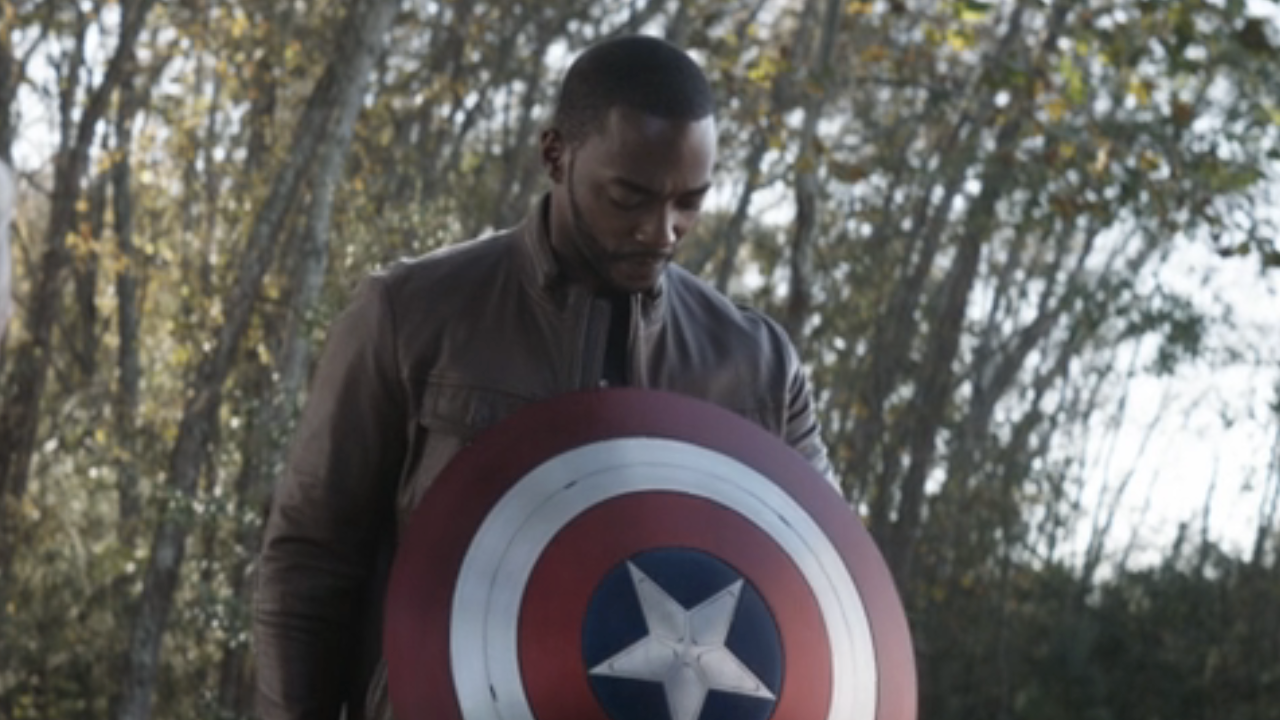
Anthony Mackie Is Part Of My Favorite MCU Moment Of All Time, And The Story Behind How He Filmed It Blows My Mind
By Sean O'Connell last updated
This is unreal, and so cool.
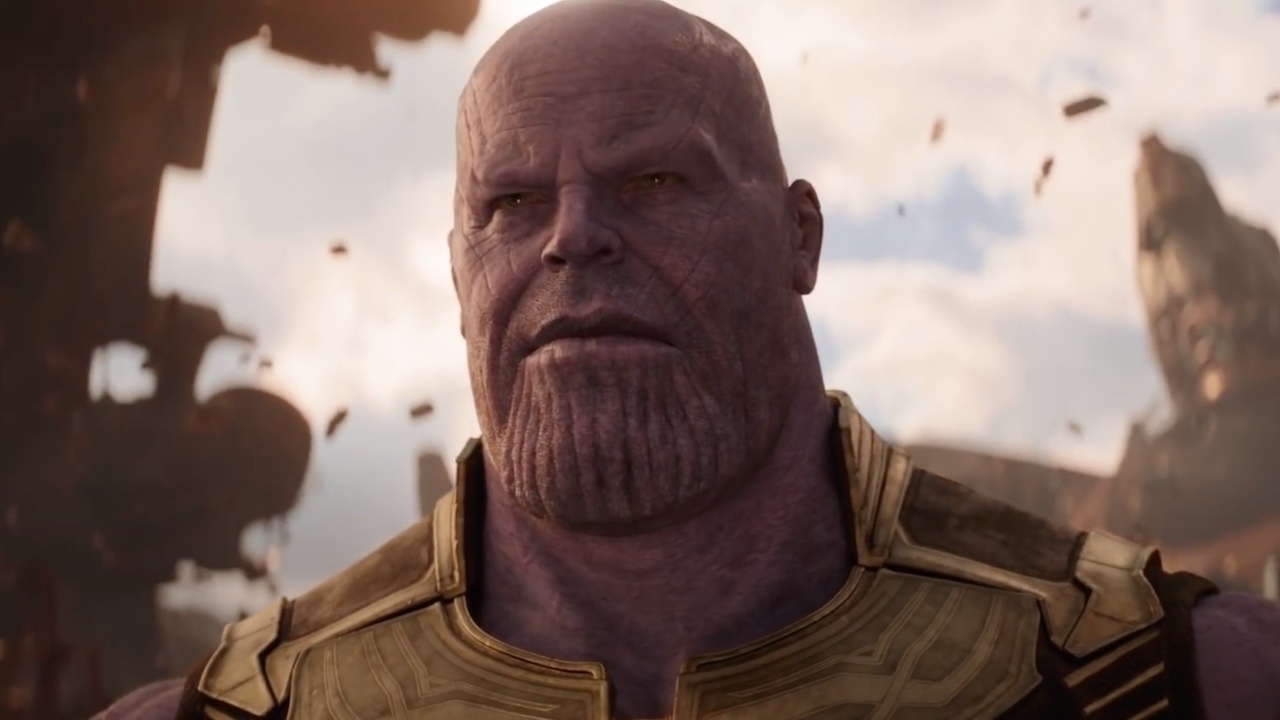
Wild Avengers Fan Theory Claims Thanos’ Snap Victims Weren’t Random, And There's A Simple Reason Why I Don't Agree
By Sarah El-Mahmoud published
It was inevitable.
CINEMABLEND NEWSLETTER
Your Daily Blend of Entertainment News
